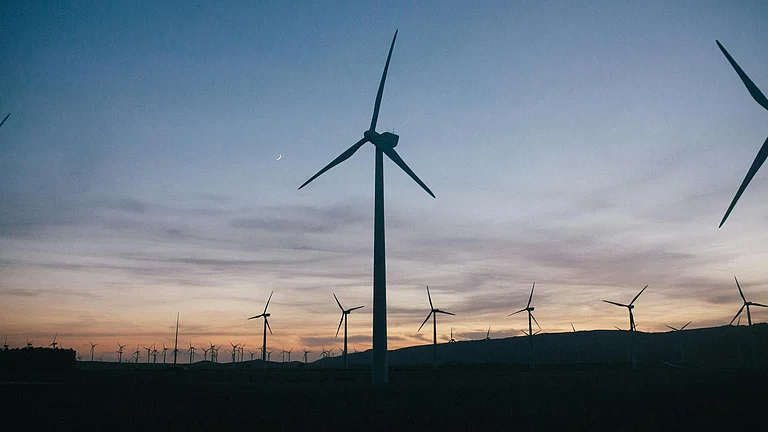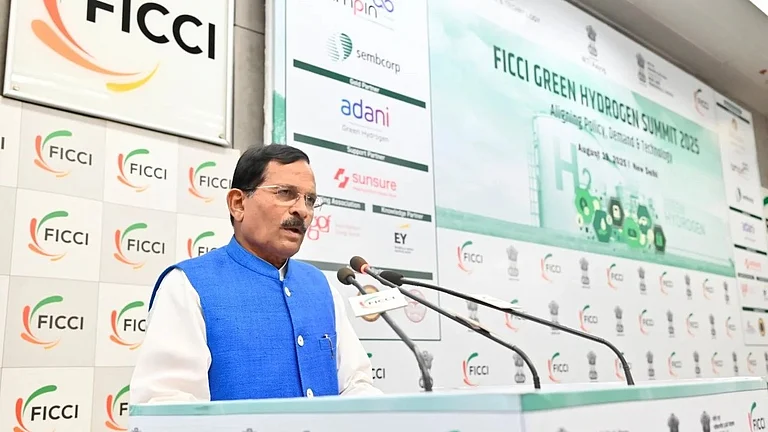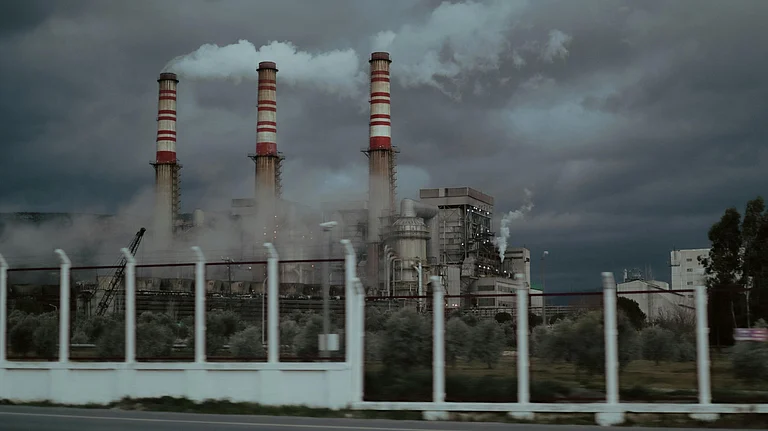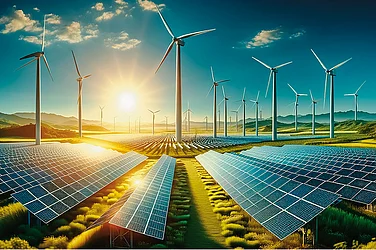China has set a new record by beginning construction on 94.5 gigawatts(GW) of new coal-fired power projects in 2024, marking the highest level of new builds since 2015. According to a joint study released on February 13 by the Centre for Research on Energy and Clean Air and Global Energy Monitor, this rise in construction obstructs the country’s much-needed transition away from fossil fuels.
Approvals for future plants also picked up in the second half of 2024 after a slowdown in the first half, resulting in 66.7 GW of new coal-fired power capacity in 2024.
Despite its commitments to clean energy, China’s energy strategy is becoming increasingly focused on ‘energy addition’ rather than a fundamental transition toward renewable sources. This dual-track expansion approach is allowing coal power to maintain its strong foothold in the country while increasing renewable capacity, raising concerns about the nation’s ability to meet its climate goals.
China’s Stance on Restricting Coal and Renewables
Although China had pledged to "strictly control" coal power over the 2021-2025 period, the rapid expansion of new coal projects in response to power shortages since 2023 reveals a gap between its climate goals and energy actions. President Xi Jinping has stated that China will begin phasing down coal use from 2026 as part of its broader efforts to reduce greenhouse gas emissions. However, this phased approach has disappointed environmental advocates who hoped for more immediate actions, reported Reuters.
China’s Contribution to Global Coal Energy
While China continues to add new coal capacity, the rest of the world is moving away from coal. The global coal fleet outside China shrank by 9.2 GW in 2024, reinforcing China’s dominant role in the coal power sector. Today, China accounts for 93% of global coal power construction starts, further strengthening its dominance over the future of coal, said the joint report.
New Targets and Policy Shifts
China is expected to announce the details of its 15th Five-Year Plan for 2026 to 2030 in the coming months, which is expected to include updated emissions and energy goals. Alongside this, China is preparing to submit new emissions targets, known as Nationally Determined Contributions (NDCs), under the 2015 Paris Agreement. So far, only a few countries have submitted updated NDCs, making China’s submission significant.
China should "establish a total cap on coal-fired power generation" and formulate "a clear timetable for phasing out coal power", Gao Yuhe, Beijing-based project lead at Greenpeace East Asia, told AFP.
She further suggested raising the 2030 target for installed renewable energy capacity to expedite the replacement of coal power with renewable energy, with the goal of achieving peak carbon emissions in the power sector by 2025.
Policy Reforms for Clean Energy Transition
To align China’s power sector with its carbon reduction goals, several key policy measures are recommended in the joint study published by Centre for Research on Energy and Clean Air and Global Energy Monitor . First, China should include setting coal consumption reduction and coal power phase-down targets within its Nationally Determined Contributions (NDCs) and the 15th Five-Year Plan. Expanding renewable energy capacity should be included alongside these reductions.
Additionally, reducing the share of coal power covered by long-term Power Purchase Agreements (PPAs) is essential to ensure a market-driven approach to coal procurement, preventing coal from crowding out renewables in the power market.
China should also focus on reducing the utilisation of coal plants by setting explicit targets for lowering the average operational hours of coal power plants.
Moreover, repurposing existing plants for grid balancing will also support integration of renewable energy. Accelerating coal power retirements, cancelling non-compliant projects and fast-tracking grid reform, energy storage deployment and a robust spot market will further strengthen system flexibility and foster clean energy growth.
Finally, prioritising the development of a robust spot market will help optimise the power system and reduce reliance on coal. These steps will help China balance its energy security needs with its decarbonisation commitments.































